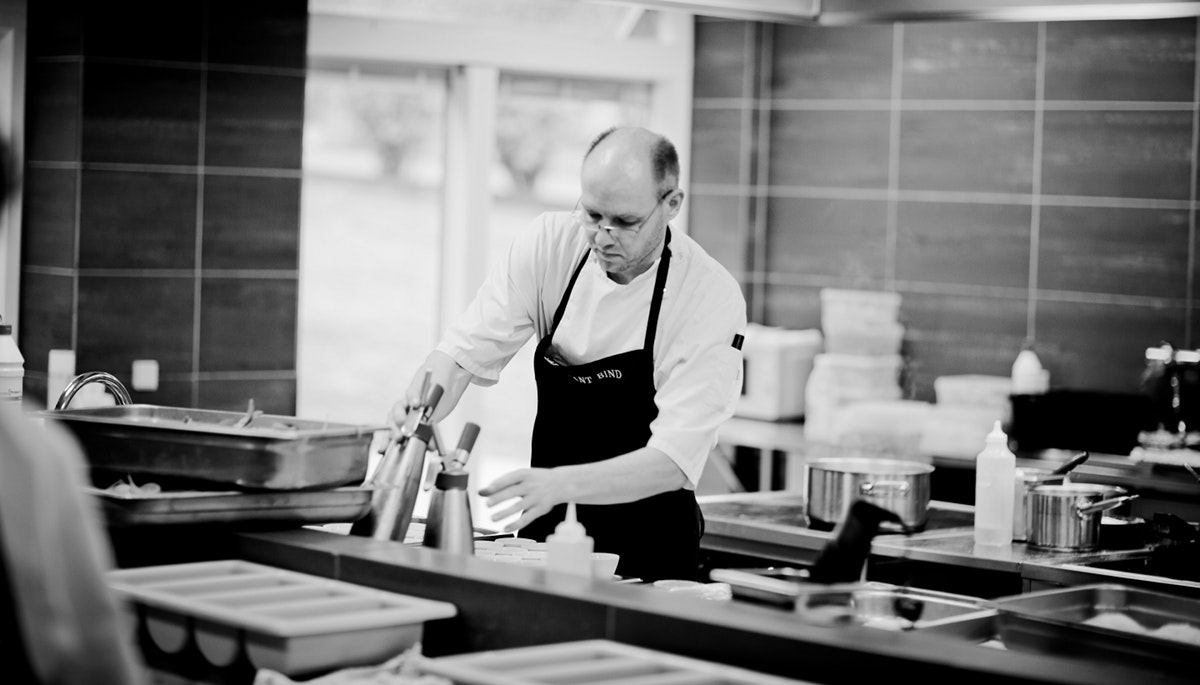Swiss cheese is a variety of cheese that is almost similar to Emmental cheese. They are yellow in color and are medium-hard and they country of origin is Switzerland. They are known for their pockets of air which are usually created through the culturing process. The main cause of these pockets is propionibacteria. There are certain ways of preparing it and the following is a perfect Swiss cheese recipe.
Ingredients
- 2 liters of fresh milk. It does not matter what animal it comes from. You can use either cow milk or goat milk
- 1 teaspoon of propionibacteria. This ingredient should be put in cup of milk for it to dissolve
- Starter culture. There is no specific one to be used so can choose one of your choice for example direct-set thermophilic culture or Thermo B culture. The amount of thermophilic culture to be used is 1 packet.
- Rennet. You can also choose one that suits you. For example liquid animal rennet or vegetable rennet tablet. The liquid animal rennet should be teaspoon and dissolved in cup of cool water. If you choose the tablet then use ¼ of it dissolved in cup cool water.
- 2 kilograms of non-iodized salt
- 1 liter of water
- Olive oil
Equipment
- pot
- Thermometer
- curd knife
- 2 pieces of cheesecloth
- Cheese press
- Whisk
Method of cooking
Boil the milk to 87 degrees Put the thermophilic culture and stir the mixture. Add propionibacteria and continue stirring for at least 1 minute. Cover your pot and let the mixture ferment for at least 15 minutes. Use the thermometer to ensure that the temperature of the milk does not exceed 90 degrees. Stir the mixture to enable it become homogenous.
Add the rennet carefully. The best method of ensuring the rennet goes through the milk is by using an up-and-down motion. This ensures that you get perfect results. Let the cheese set for a maximum of 45 minutes and do not forget that the temperature should be 90 degree. When the whey begins to separate from the curd, it will start floating on top of the curd.
The curd will also be seen separating from the pot. Using the curd knife, slice the curds into ¼-inch cubes. Use a whisk to slice the curd into small sizes that are of the same size. For at least 25 minutes, heat the curds till a temperature of 120 degrees. Use a wooden spoon to stir the mixture. The curds will decrease in size but ensure they remain at a temperature of 120 degrees for a maximum of 30 minutes.
When you bite the curd, you should feel a squeak for you to know that you are on the right track. If you take a handful of curds and squeeze them in your hands, then they should be able to fall apart once again. Separate the curd and whey using a strainer. Put the curds in a press lined with cheesecloth and do not let them cool before you finish your work.
Press for 15 minutes then flip the cheese using cheesecloth and repeat the process. Do this severally while rinsing the cheesecloth in clean water for 2 hours. Then do this overnight. Make brine using salt and water. Put the cheese inside for 24 hours. Take it out and age it for one week at 60 degrees.
However, always use damp cheesecloth which has been dipped in salt water daily to flip and wipe the cheese. Age the cheese in a warm room for 3 weeks and repeat the earlier process until the cheese swells and gets a Swiss cheese smell. After this, place it in a cheese cave for about 12 weeks. Flip once a week and you will have the best results.
